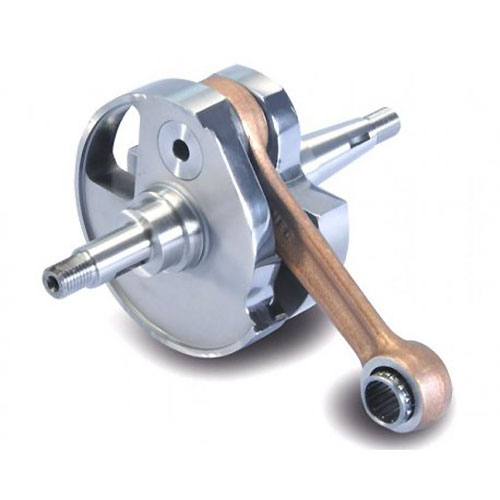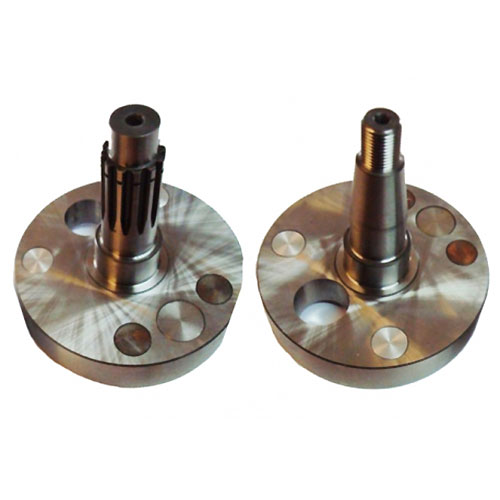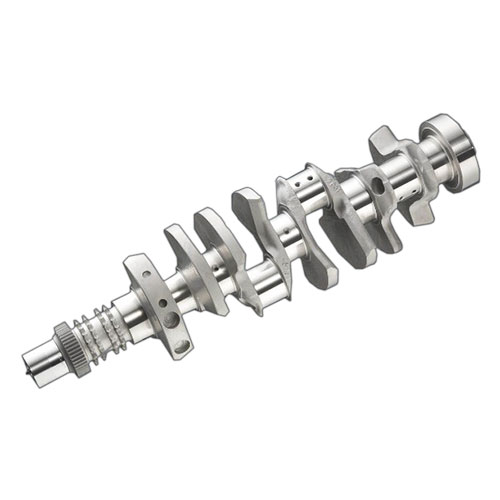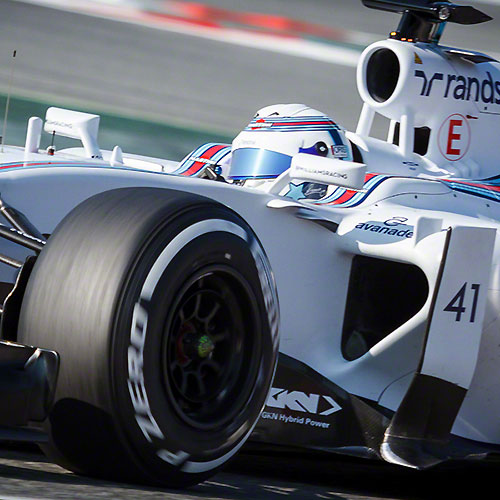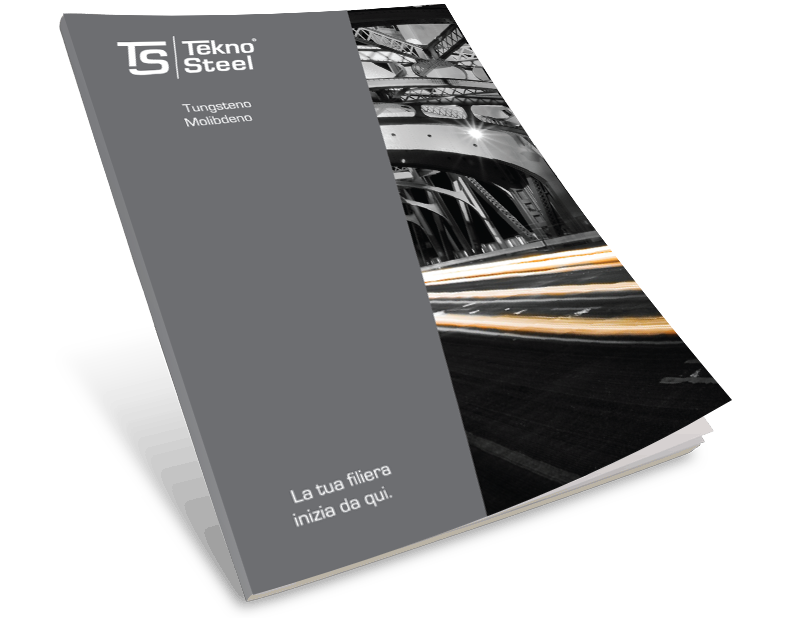Crankshaft weights
At low engine speeds, it is generally not necessary to provide a balance weight to counteract the rotating mass of the crankpin (crank pin) and the part of the mass of the connecting rod that can be considered able to rotate together with the crankpin . However, the forces exerted by these rotating masses increase proportionally with the stroke of the shaft and the square of the motor speed.
Provision, with the increase in engine speed, also increases the need to offset the crankshaft. The number of shaft counterweights used on a crankshaft can vary. For example, some trees are a pair of counterweights opposite to each crank pin, while the other shafts are elbow not satisfied as many.
By placing counterweights on opposite sides of the connecting rod pins, it is possible to compensate for external moments, to minimize internal moments and therefore to reduce the amount of vibration and stress in the bearing. The result is a smoother, more durable engine.
Depending on the operating conditions and other factors, such as the desired bearing life of the crankshaft, different quantities of scales can be used to provide different advantages in terms of engine performance. Consequently, the dimensions and the mass of the counterweight of the crankshaft can vary.




